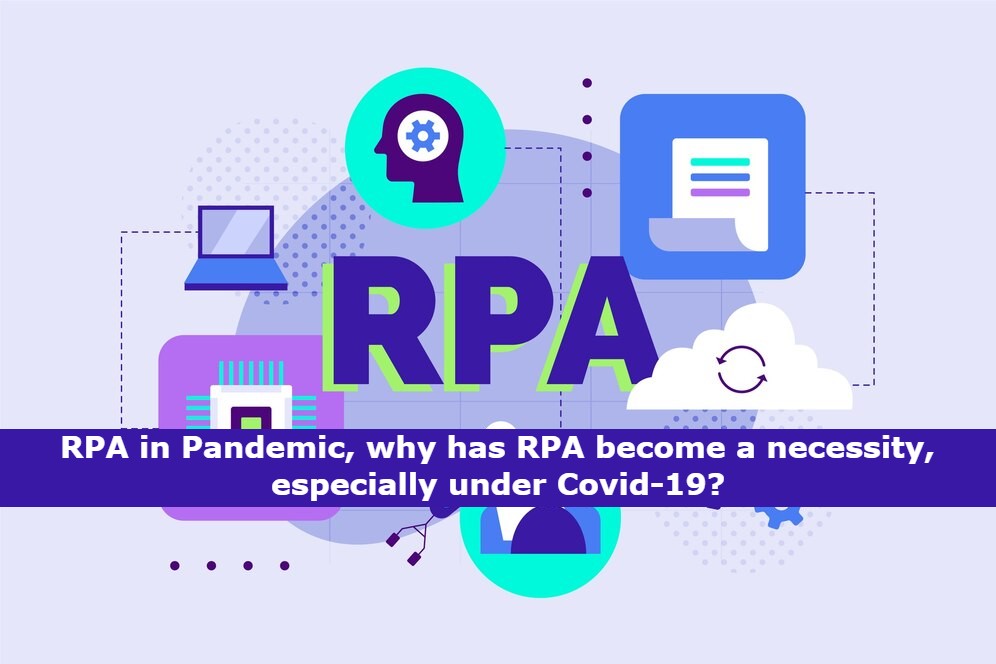2022 predictions: Pandemic wake-up drives automation trends
RPA in Pandemic
Despite economic pressures from COVID-19, the PA market forecasts double-digit growth through 2024.
Worldwide robotic process automation (RPA) software revenue is expected to reach $1.89 billion in 2021, an increase of 19.5% from 2020, according to the latest forecast from Gartner, Inc. Despite the economic pressures caused by the COVID-19 pandemic, the RPA market is expected to grow at a double-digit rate through 2024.
Global RPA software revenue is expected to reach $1.58 billion in 2020, an increase of 11.9% from 2019 (see Table 1). RPA average prices are expected to decline by 10% to 15% in 2020, and by 5% to 10% annually in 2021 and 2022, creating strong pricing pressure.
Table 1. Global RPA Software Revenue (Million USD)

Businesses scrape by with the help of RPA In challenging the COVID-19 atmosphere

COVID-19 has rapidly and irreversibly reshaped the global business environment.
Almost overnight, restaurants and bars closed their doors to customers in favor of takeout and delivery models. Offices have been closed because the entire workforce
Works remotely from home. Manufacturers of much-needed supplies from cleaning products to face masks are overwhelmed by insatiable demand.
Employees across the country are being asked to work differently: harder, longer, more virtually — and sometimes more dangerously. Companies from all walks of life have to watch
Find ways to extend their cash indefinitely, which may be much longer than initially thought.
The silver lining of any crisis is that there is no better chance to drive change. No business can afford to operate in the same way it did before the novel coronavirus outbreak. Not only do they have to do more with less, but they also have to do it faster and smarter.
For the mid-market, the ability to adapt quickly is a matter of life and death. The recipe for business resilience is complex: Financial discipline may be the main factor, but cost-cutting is often at the expense of performance and organizational agility. Adaptability requires cost efficiency and operational efficiency – that’s where robotic process automation (RPA) comes in during Covid 19.
Why is RPA in Pandemic — a game-changer in the post-COVID-19 era
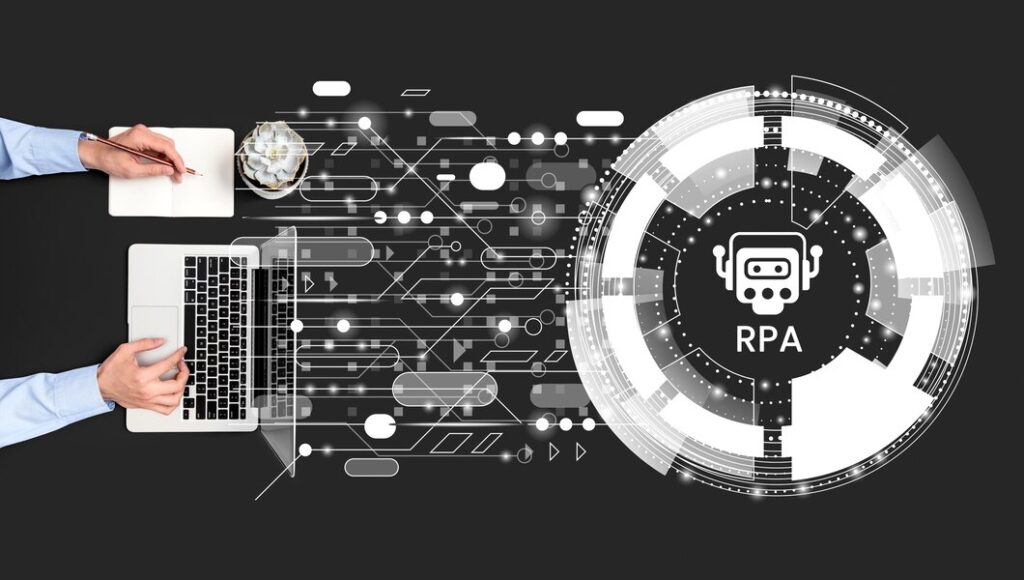
The COVID-19 outbreak and ongoing recovery are bringing a new enterprise mindset to automation, emphasizing speed, business resiliency, and improved orchestration.
The prospects for partner business growth appear promising as organizations accelerate automation to address the potential of future lockdowns. But automation consultants and integrators may encounter new priorities among clients pursuing robotic process automation (RPA) and intelligent automation (IA), which bring RPA and AI together. Still evolving RPA market trends could be game-changers for partners.
For example, they may find clients reimagining RPA Centers of Excellence (CoEs) as fast-paced automated strike teams. Jobs may shift from designing governance strategies to coding software robots to accelerate automation. Partners can also expect to see a greater emphasis on coordinating siloed automation efforts and ensuring that such projects are in sync with the enterprise’s broader digital transformation initiatives.
A May 2020 report from Forrester Research said the pandemic has caused a shift in the “psychology of automation” that will trigger a rapidly accelerating IA of 18 to 24 months.
What advantages does RPA bring to the COVID-19 environment?
The stress of normal business operations is only amplified by the current climate. Many companies have experienced significant revenue reductions and are under pressure to control costs and do more with less to survive. RPA can help companies address the following business needs:
Speed: RPA can reduce the time spent on manual tasks by orders of magnitude. This is an essential need during a pandemic, as lost time can cost lives. This is the case for healthcare providers and manufacturing businesses of critical medical supplies.
Cost Savings: RPA projects can provide significant cost savings. The ROI is almost instant, offsetting the upfront investment. Smaller implementations with 10 or fewer robots can be implemented relatively cheaply in a shorter period of time. RPA can improve the quantity and quality of work products while allowing human capital resources to be diverted to higher-value tasks or redeployed to other parts of the business—all contributing to the economics of automation. In the current situation, this is imperative.
“Due to the impact of COVID-19, Gartner expects RPA demand to grow and service providers to roll out RPA solutions to their clients more consistently,” said Cathy Tornbohm, Gartner Distinguished Research Vice President. “Reducing reliance on humans for day-to-day digital processes It will be more attractive to end-users, not only to reduce costs but also to secure their business from future impacts such as this pandemic.”

Productivity: Many companies have been forced to lay off or furlough workers as revenue declines. Productivity must be maintained with fewer resources. By automating some of the day-to-day activities of employees, employees can instead focus on activities that require manual problem-solving.
Going virtual: With all non-essential businesses forced to stop in-person work, and with a vaccine likely to be a year to 18 months away, businesses must facilitate efficient remote work as soon as possible. RPA can be used to speed up the setup process, such as registering new devices at home offices.
Accuracy: RPA allows you to eliminate human error, which is set between 5% and 10% in the case of repetitive tasks. Improving the accuracy and quality of work products is critical for high-risk tasks.

Business Continuity: In some cases, automation can protect the physical health of employees by limiting exposure. Essential businesses, for example, are using robots to assess each employee’s current health status and COVID-19 risk. Based on survey responses, it helps to determine on a daily basis whether the person is at low enough risk to go to work. This use of RPA could be helpful when parts of the country want to reopen in stages and want to prevent widespread infection in the workplace.
Enterprise Interest: The pandemic and the ensuing recession have increased interest in RPA for many businesses. Gartner predicts that by 2022, 90 percent of the world’s largest organizations will adopt some form of RPA as they look to digitally empower critical business processes through resiliency and scalability while realigning human and physical labor.
What organizations expect from their RPA capabilities: Large organizations will triple the capabilities of their existing RPA portfolio by 2024. Most of the “new” spending will come from large organizations that are purchasing new additional capacity from original suppliers or partners within the ecosystem.
“As organizations grow, they will need to add licenses to run the RPA software on additional servers and add additional cores to handle the load,” Mr. Biscotti said. “This trend naturally reflects the growing demand for an organization’s ‘everywhere’ infrastructure.”
Fabrizio Biscotti, research vice president at Gartner, said: “The key driver of RPA projects is their ability to improve process quality, speed and productivity, each of which is becoming more and more important as organizations try to meet the need to reduce costs during COVID-19. Important.”. “Enterprises can quickly advance their digital optimization initiatives by investing in RPA software, and this trend isn’t going away anytime soon.
Applications of RPA during a global pandemic
In this context, the potential use cases for RPA are endless. Below are some real-life examples already in use nowadays:

Promote productive work at home
Companies across the country are scrambling to ensure every employee has enough internet to fully get their work done while quarantining in place. Robots can be used to check employees’ zip codes, see internet speeds in their area, and gather details on employee Wi-Fi plans to determine where they need to invest to upgrade their employee internet plans. As COVID-19 spreads across the country and a second wave of the outbreak is likely in the fall, more businesses may need to increase employee productivity by ensuring that working from home is as beneficial as working in the office. Other applications include registering new hardware and setting up a VPN.
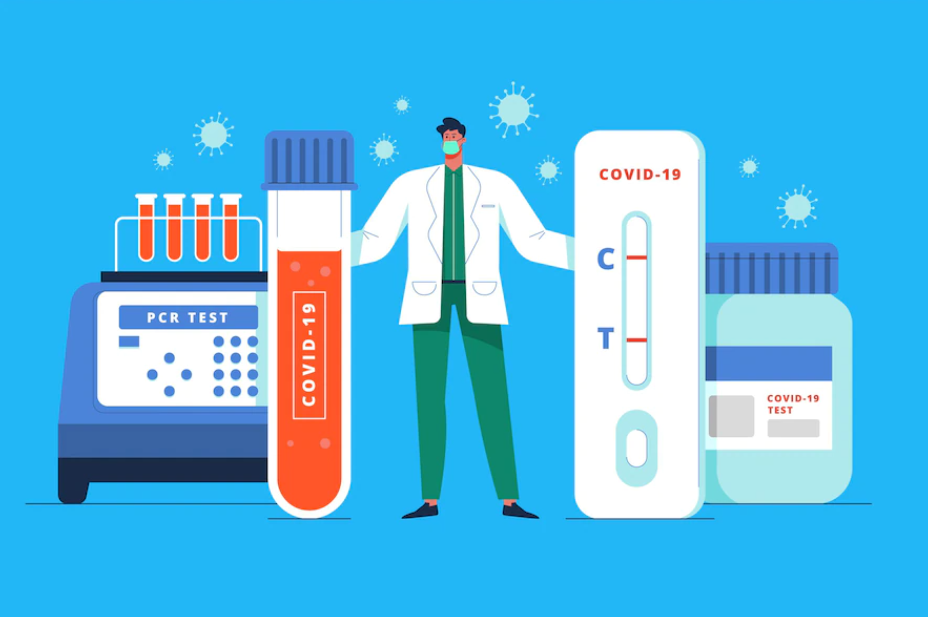
Accelerate patient registration for Covid tests
With diagnostic labs, drive-thru centers, and hospitals testing hundreds of Americans for COVID-19 every day, there is an urgent need to expedite the process of finding every patient in the website’s electronic medical record, adding the patient to the system, and sharing this information with the CDC, and report to the patient. Often, people who are sick stand in 6-foot queues with fever and breathing problems, which can affect their own health and those around them who may or may not have the virus. An attended robot can save 8-9 minutes per patient and avoid manual data entry errors.
Enable fast recruiting
From Amazon warehouses to delivery services and hospitals in COVID-19 hotspots, some industries need to increase their workforces at record rates to keep up with demand. Robot-driven solutions can help government entities and corporations alike to conduct background checks and assess employee qualifications, allowing HR staff to focus on subsequent stages of employee onboarding.
Handling unprecedented product demand
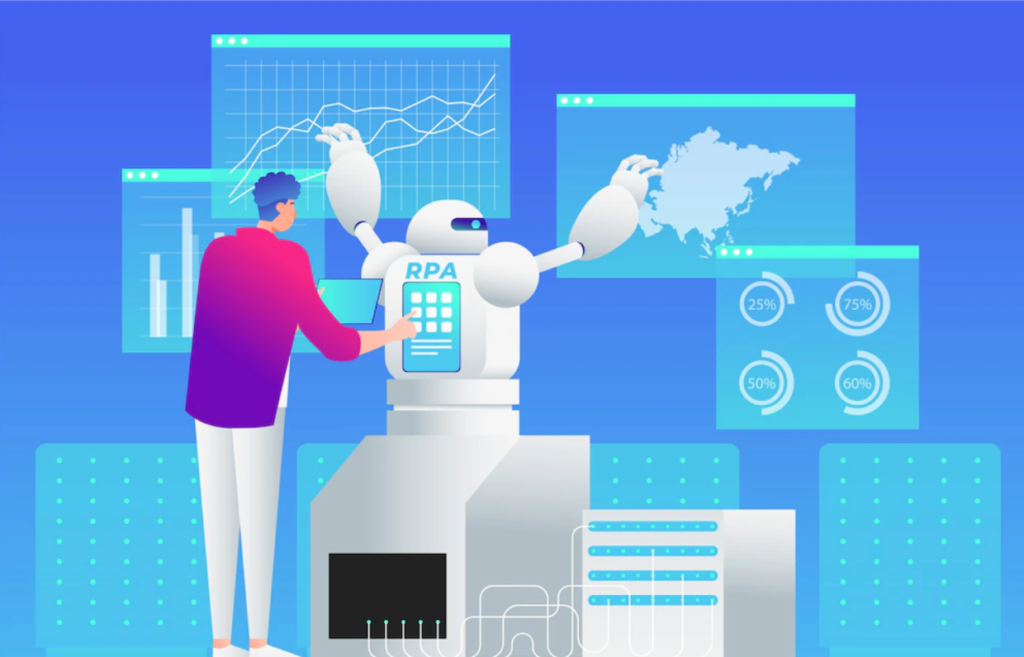
From grocery stores to meal kit companies to manufacturers of personal protective equipment, certain sectors of the economy are experiencing an unprecedented demand for products. By using unattended robots to process these orders, overstretched companies already dealing with reduced workforces can redeploy key personnel to fulfill the high volume of orders submitted. As a result, these companies can maximize revenue while meeting the societal need to reduce the loss of life from COVID-19.
The future of work for RPA (in a pandemic or not)
Future RPA customers will come from non-IT buyers. RPA adoption will increase as business users become more aware of RPA. In fact, Gartner predicts that by 2024, nearly half of new RPA customers will come from business buyers outside of IT organizations. RPA brings great advantages to the business, for more background on RPA, read Why is RPA an indispensable technology today?.
Automation is now a valuable asset for unlocking key agility, resiliency, and cost efficiencies as business leaders gain a foothold in an unknown market environment. After months of workforce cuts and restructuring, now is the time for businesses to plan ahead and invest in RPA solutions to help remote and on-site employees adapt. In this unpredictable labor market dynamic, RPA technology will help mitigate unexpected risks associated with hybrid staffing and enable human agents to collaborate with data wherever they are located. RPA remains the biggest trend of the future.
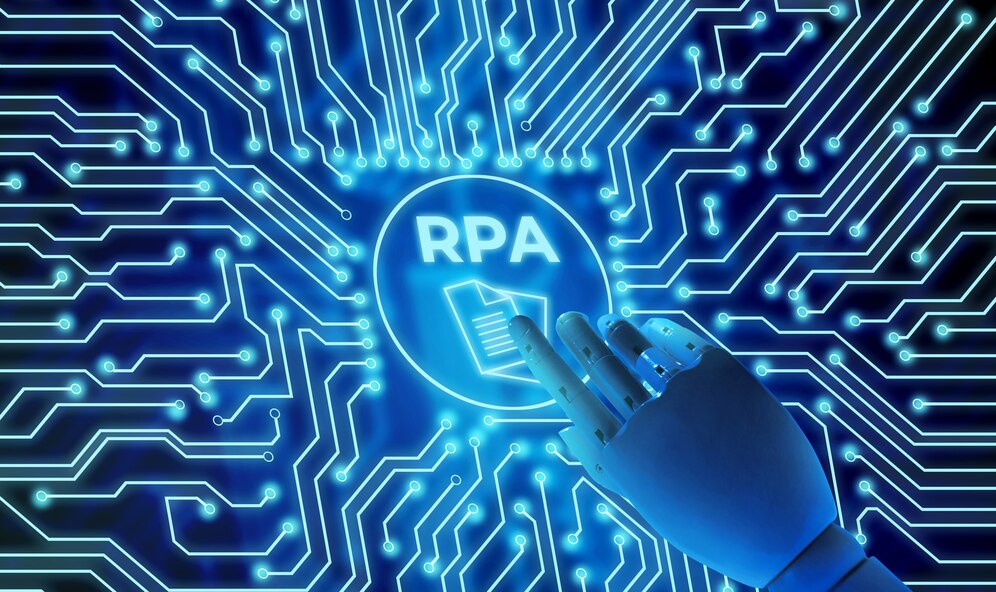
How Do I Get in Touch With the RPA?
You can contact ATech’s professional online, by phone, or by email. For more information on ATech communication (HK) Limited, visit their website.
About ATech Communication (HK) Limited
ATech Communication (HK) Ltd is one of the leading IT equipment & service providers for HKSAR Government Departments and Bureaux. We provide the best value and the best IT solution to our customers. Please visit our Cases page to learn more about our successful works. For more information on ATech, please contact us at enquiry@atechcom.net.
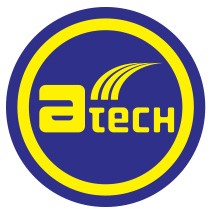
ATech Communication (HK) Limited
Providing a Complete Suite of IT Solutions
- (852) 2970 6010 / 3756 0078
- enquiry@atechcom.net
